The Home Owners Loan Corporation Develops Redlining: 1933
The federally-sponsored Home Owners Loan Corporation (HOLC) was created in 1933 with the primary function of refinancing mortgages that were going into foreclosure. At the time, mortgage foreclosures were occurring at a rate of almost 50%.
The HOLC refinanced approximately one million homes, representing close to 20% of US mortgages between 1933 and 1936. [#42]
By 1962, that amount had increased to $120 billion. Less than 2% of HOLC’s loans went to nonwhite homeowners. [#43]
This is because the HOLC assigned color- and grade-coded designations to neighborhoods to indicate whether they were worthy of mortgages. Neighborhoods designated as “A” or “green” were considered the best places to provide loans, and those designated as “D” or “red” were considered “hazardous” places to provide loans. [#44]

The Seattle chapter of the Congress for Racial Equality organized protests at the offices of Picture Floor Plans because of the business’s discrimination against people of color.
Communities of color were uniformly “redlined.” Even “a single Black household in a middle-class area could make the whole neighborhood ‘risky’ for mortgage loans in the eyes of the federal government.” [#45]
The HOLC codified patterns of racial segregation and disparities in access to credit. [#46] While the practice would become illegal in 1968, unspoken practices, poor enforcement, and, more recently, the advent of discriminatory computer algorithms have stepped in to accomplish a similar purpose. [#47]





